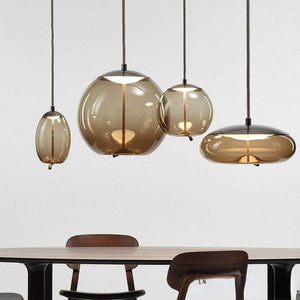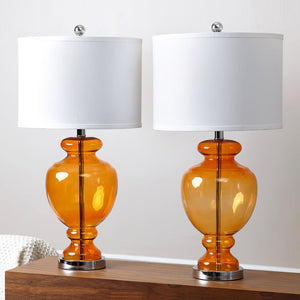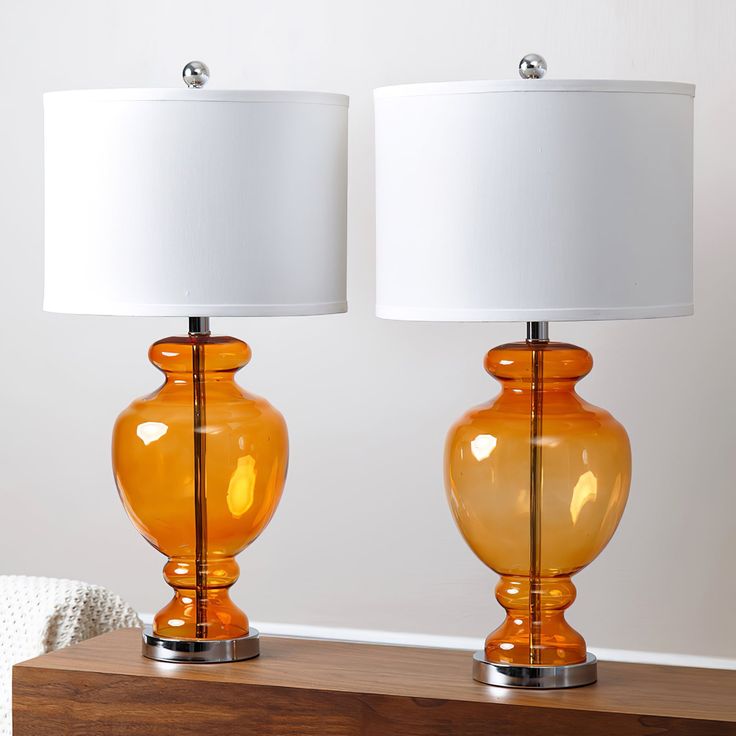-
Number and Type of Bulbs:
-
A chandelier with more bulbs will generally provide more widespread illumination.
-
The type of bulbs (LED, incandescent, halogen, etc.) affects the brightness and quality of light.
-
-
Height and Placement:
-
The height at which the chandelier is hung can influence how light is dispersed. A higher placement may spread light more broadly, while a lower placement can create more focused lighting.
-
Central placement typically ensures even light distribution, whereas off-center placement can create specific lighting zones.
-
-
Shape and Size:
-
The shape of the chandelier (round, linear, tiered, etc.) affects how light is directed. For example, a round chandelier may distribute light evenly in all directions, while a linear one might focus light along a specific axis.
-
Larger chandeliers can illuminate bigger areas, while smaller ones may provide more localized lighting.
-
-
Material and Transparency:
-
Transparent or translucent materials (like glass or crystal) can refract and scatter light, creating a sparkling effect and broader light distribution.
-
Opaque materials may direct light more narrowly, creating focused beams or shadows.
-
-
Direction of Light:
-
Some chandeliers have upward-facing lights that bounce off the ceiling, creating ambient light.
-
Downward-facing lights provide more direct illumination, which is useful for task lighting.
-
Multi-directional lights offer a combination of both, enhancing overall room lighting.
-
-
Design Elements:
-
Intricate designs with multiple arms or layers can create interesting light patterns and shadows, adding depth and dimension to the room.
-
Simpler designs may offer more uniform light distribution.
-
In summary, the design of a chandelier plays a crucial role in how light is distributed in a room. When choosing a chandelier, consider the desired lighting effect, the size of the room, and the overall decor to ensure it meets both aesthetic and functional needs.








